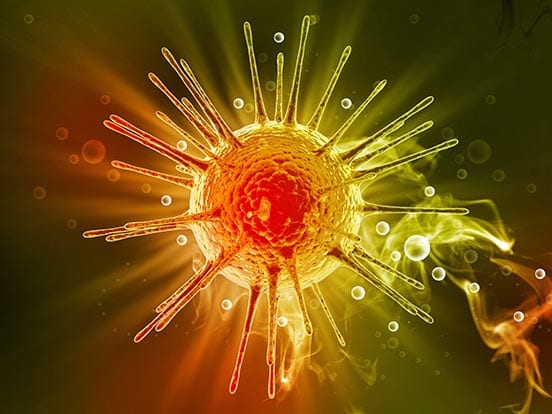
Luciferase Assay Systems
High-throughput rapid detection of Luciferase activity
Luciferase assay systems are sensitive, stable, and convenient reagents to use for quantification of luciferase signals. Luciferase is the general term given to a class of oxidative enzymes that catalyze reactions that give off light, a process known as bioluminescence. In biology, researchers can take advantage of this reaction and use it as a readout for various biological processes. This has perhaps been exploited most in luciferase reporter cell lines where a promoter region from a gene of interest is placed immediately upstream of the coding sequence for luciferase. In this system, transcriptional activation of the gene of interest leads to a level of luciferase expression that is proportional to the level of gene activation.
ONE-Step™ Luciferase Assay System
The ONE-Step™ Luciferase Assay System is designed to be used for high-throughput, sensitive quantitation of firefly luciferase activity in mammalian cell culture. The reagent consists of two components, a Luciferase Reagent Buffer (Component A) and Luciferase Reagent Substrate (Component B). Component A and Component B are combined to form a working solution that contains all the necessary components for cell lysis and luciferase quantitation.
Features
- Sensitive – highly sensitive detection of firefly luciferase activity.
- Stable – the signal output is stable for more than two hours, providing flexibility with regard to incubation time.
- Convenient – simple one-step, homogeneous protocol.
- High-throughput – one-step homogeneous protocol minimizes handling steps to support high-throughput screening applications.
- Compatibility – works well with a variety of common media containing 0-10% serum and phenol red.
- Instrumentation – does not require a luminometer with injectors.
TWO-Step™ Luciferase Assay System
The TWO-Step™ Luciferase (Firefly-Renilla) Assay System is designed to be used for high-throughput, rapid quantitation of both Firefly and Renilla luciferases from a single sample in mammalian cell culture. The Firefly Luciferase Reagent is first added to the cells in medium directly. This reagent lyses the cells and contains a substrate for firefly luciferase to produce firefly luciferase luminescence. Next, the Renilla Luciferase Reagent is added to the same well. It quenches the firefly luciferase luminescence and provides the substrate for renilla luciferase to produce renilla luciferase luminescence. The light production of both reactions can be conveniently measured on a luminometer.
Features
- Sensitive – highly sensitive detection of firefly luciferase activity and Renilla luciferase activity.
- Stable – the luciferase signal output is stable for more than one hour, providing flexibility with regard to incubation time.
- Convenient – simple one-step, homogeneous protocol.
- High-throughput – one-step homogeneous protocol minimizes handling steps to support high-throughput screening applications.
